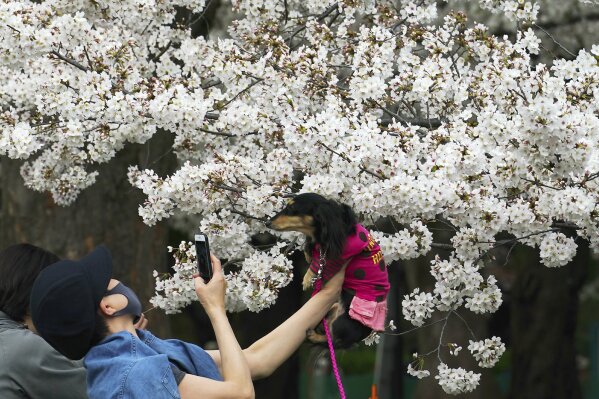Japan’s cherry blossom season officially began in Tokyo on Monday, as the Japan Meteorological Agency (JMA) confirmed the first bloom of the Somei Yoshino cherry tree at Yasukuni Shrine. The declaration came after an official observed more than five blossoms—the threshold required for the announcement.
This year’s bloom matched the historical average but arrived five days earlier than in 2024, continuing a trend of increasingly early flowering in recent years. The season’s first cherry blossoms were spotted Sunday in Kochi, a southwestern city on the island of Shikoku.
Cherry blossoms, or “sakura,” have been a cherished symbol of Japanese culture for centuries, representing the fleeting nature of life. The trees typically bloom for about two weeks before shedding their delicate pink petals, marking the arrival of spring and coinciding with the country’s new school and business year. Many people celebrate the season by picnicking under the trees in a tradition known as “hanami.”
However, scientists have raised concerns over the impact of climate change on Japan’s cherry blossoms. The JMA, which tracks over 50 benchmark cherry trees nationwide, has documented a pattern of earlier-than-usual blooming in recent years. Since cherry trees are highly sensitive to temperature fluctuations, the timing of their flowering provides valuable data for climate studies.
Japan’s unseasonably warm temperatures, currently around 19°C in Tokyo, could be contributing to this trend. Researchers warn that shifts in the bloom cycle may disrupt ecosystems and traditional seasonal events, making cherry blossoms an important natural indicator of global climate change.
Source: Swifteradio.com


